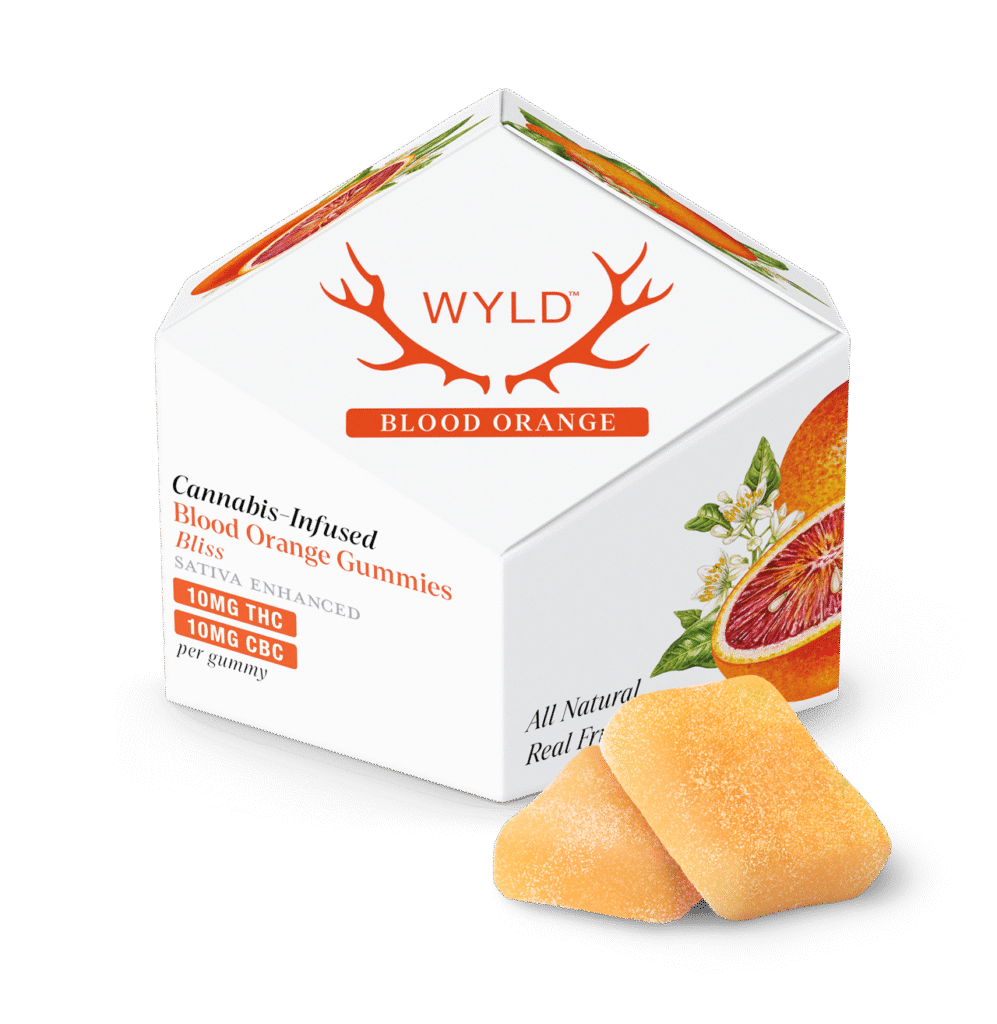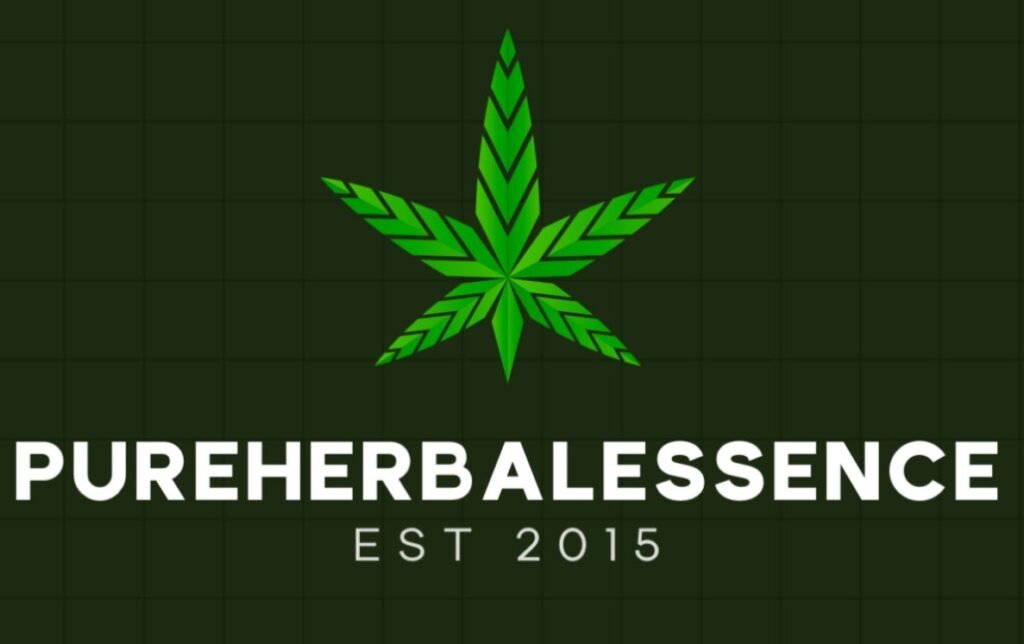Uncategorized
Cannabis Edibles: Trends and Innovations to Watch in 2025
The cannabis edibles market is undergoing a renaissance in 2025, with innovations that are transforming how consumers experience infused products. From precision-dosed gourmet creations to cutting-edge delivery systems, the best cannabis edibles 2025 have to offer are redefining convenience, flavor, and potency. As legalization expands globally, the cannabis edible market trends reflect a shift toward sophisticated, health-conscious offerings that cater to both medical patients and recreational users. This in-depth exploration covers everything from emerging THC infused recipes to the latest edibles regulation updates, providing a comprehensive look at where the industry is headed and how consumers can navigate this evolving landscape.
The Evolution of the Cannabis Edibles Market
The cannabis edible market trends of 2025 showcase an industry that has matured far beyond the stereotypical pot brownie. Today’s market is characterized by artisanal craftsmanship, scientific precision, and culinary innovation. One of the most significant shifts is the move away from sugary, calorie-laden options toward functional, wellness-oriented products. Protein bars with adaptogens, keto-friendly chocolates, and vegan gummies are dominating shelves, appealing to health-conscious consumers who want the benefits of cannabis without compromising their dietary goals.
Another defining trend is the rise of fast-acting edibles. Traditional edibles can take up to two hours to kick in, but new nanoemulsion technology has revolutionized absorption rates. Companies are now offering beverages, dissolvable strips, and even breath sprays that deliver effects in as little as 15 minutes. This innovation addresses one of the biggest consumer pain points—predictability—making edibles more accessible to both new and experienced users.
Best Cannabis Edibles 2025: What’s Leading the Market
When it comes to the best cannabis edibles 2025 has introduced, several standout categories are capturing consumer attention. Microdosed products, which contain 2-5mg of THC per serving, continue to grow in popularity, allowing users to customize their experience without overindulging. Brands like Dose and Kiva have perfected this approach, offering elegantly packaged mints and chocolates that cater to both beginners and seasoned enthusiasts.
Gourmet cannabis-infused dining is another area experiencing explosive growth. High-end chefs are collaborating with cannabis brands to create cannabis gourmet food experiences, from THC-infused truffles to multi-course tasting menus. These products emphasize terpene-rich, full-spectrum extracts that enhance flavor profiles while delivering consistent effects. For those who prefer DIY approaches, the market has also seen a surge in premium THC infused recipes kits, complete with pre-measured oils and chef-developed instructions.
THC Infused Recipes: Culinary Creativity Meets Science
Home cooks are embracing cannabis cuisine like never before, thanks to advancements in infusion techniques and a wealth of online resources. The THC infused recipes gaining traction in 2025 go beyond basic brownies, incorporating global flavors and advanced culinary methods. Sous vide infusion, for example, allows for precise temperature control, preserving delicate cannabinoids and terpenes that are often lost in traditional baking.
Savory infusions are also having a moment. Cannabis-infused olive oils, hot sauces, and even umami-rich broths are appearing in home kitchens and high-end restaurants alike. These innovations reflect a growing appreciation for cannabis as a versatile culinary ingredient rather than just a means to an intoxicating end. For those looking to experiment, starting with a simple cannabutter or oil remains the foundation, but the possibilities are endless—think cannabis-infused ramen, pesto, or even hollandaise sauce.
Cannabis Gourmet Food: The Rise of Elevated Experiences
The cannabis gourmet food movement is redefining what it means to consume edibles. No longer confined to dispensary shelves, infused dining is becoming a cultural phenomenon, with pop-up dinners and subscription boxes offering curated experiences. Companies like Vertosa and Kitchen Toke are leading the charge, providing chefs with water-soluble cannabinoids that integrate seamlessly into dishes without altering texture or taste.
One of the most exciting developments is the pairing of cannabis with fine wine and craft cocktails. Sommeliers and mixologists are exploring how terpenes in cannabis complement specific grape varietals or spirits, creating harmonious flavor experiences. For example, a limonene-dominant strain might pair beautifully with a citrus-forward gin cocktail, while myrcene-rich varieties enhance the earthy notes of a Pinot Noir. These pairings are elevating cannabis into the realm of haute cuisine, appealing to a demographic that values sophistication and nuance.
Edibles Regulation Updates: Navigating a Changing Landscape
As the edibles market expands, so too does the regulatory framework governing it. The edibles regulation updates of 2025 reflect a balancing act between consumer safety and market growth. In the U.S., the FDA is moving toward standardized dosing guidelines, requiring clearer labeling of THC content per serving and per package. Many states are also implementing stricter child-resistant packaging laws, though some argue these measures increase plastic waste—a tension the industry is still navigating.
Internationally, countries like Germany and Mexico are establishing their own frameworks as they move toward legalization. A key focus is preventing accidental overconsumption, which has led to innovations like “sessionable” edibles with lower THC concentrations and delayed-release formulations that mitigate the risk of overindulgence. These edibles regulation updates are crucial for building consumer trust and ensuring long-term market stability.
The Science Behind Smarter Edibles
The best cannabis edibles 2025 aren’t just about taste—they’re grounded in cutting-edge science. Researchers are leveraging pharmacokinetics to design products with more predictable onset times and durations. Liposomal encapsulation, for instance, improves bioavailability by protecting cannabinoids from stomach acid, while time-release capsules provide extended effects ideal for medical users.
Another breakthrough is the development of strain-specific edibles. By preserving the full terpene profile of popular cultivars like Gelato or Sour Diesel, manufacturers can offer products that deliver not just THC, but the full spectrum of effects associated with each strain. This level of specificity was unimaginable just a few years ago and represents a quantum leap in edible technology.
Sustainability in the Edibles Industry
Environmental consciousness is shaping cannabis edible market trends as much as any other factor. Consumers are demanding sustainable packaging, with brands responding by using biodegradable wrappers, compostable containers, and even edible packaging made from rice paper or seaweed. The shift toward organic, locally sourced ingredients is also reducing the carbon footprint of infused products.
Some companies are taking sustainability further by upcycling cannabis biomass—the leaves and stems typically discarded after harvest—into fiber-rich edible additives. This not only reduces waste but adds nutritional value, creating a circular economy within the industry.
FAQ: Your Top Edibles Questions Answered
1. How can I avoid overconsuming edibles?
Start with low doses (2-5mg THC), wait at least two hours before redosing, and opt for products with balanced THC:CBD ratios, which tend to produce milder effects.
2. Why do some edibles hit harder than others?
Factors like metabolism, stomach contents, and product formulation (e.g., nanoemulsion vs. traditional oil) all influence intensity. Full-spectrum edibles may also feel stronger due to the entourage effect.
3. Are there non-psychoactive edible options?
Yes! CBD-dominant and CBG-infused edibles provide therapeutic benefits without intoxication, perfect for daytime use or THC-sensitive individuals.
4. How should I store cannabis edibles?
Keep them in a cool, dark place to preserve potency. Refrigeration extends shelf life, especially for fresh cannabis gourmet food items like infused cheeses or sauces.
The Future of Cannabis Edibles
Looking ahead, the trajectory of edibles points toward even greater personalization and convenience. Imagine smart labels that change color when your edible has taken full effect, or 3D-printed gummies tailored to your preferred cannabinoid ratio. The integration of AI in THC infused recipes could soon suggest perfect pairings based on your taste preferences and desired effects.
As cultural acceptance grows and technology advances, edibles will likely become a staple not just in dispensaries, but in mainstream grocery stores and restaurants. The best cannabis edibles 2025 offers are just the beginning of a culinary revolution that will continue to surprise and delight consumers for years to come.
For the latest on cannabis edible market trends and reviews of new products, stay tuned to Pureherbalessence—your guide to the cutting edge of cannabis consumption.

